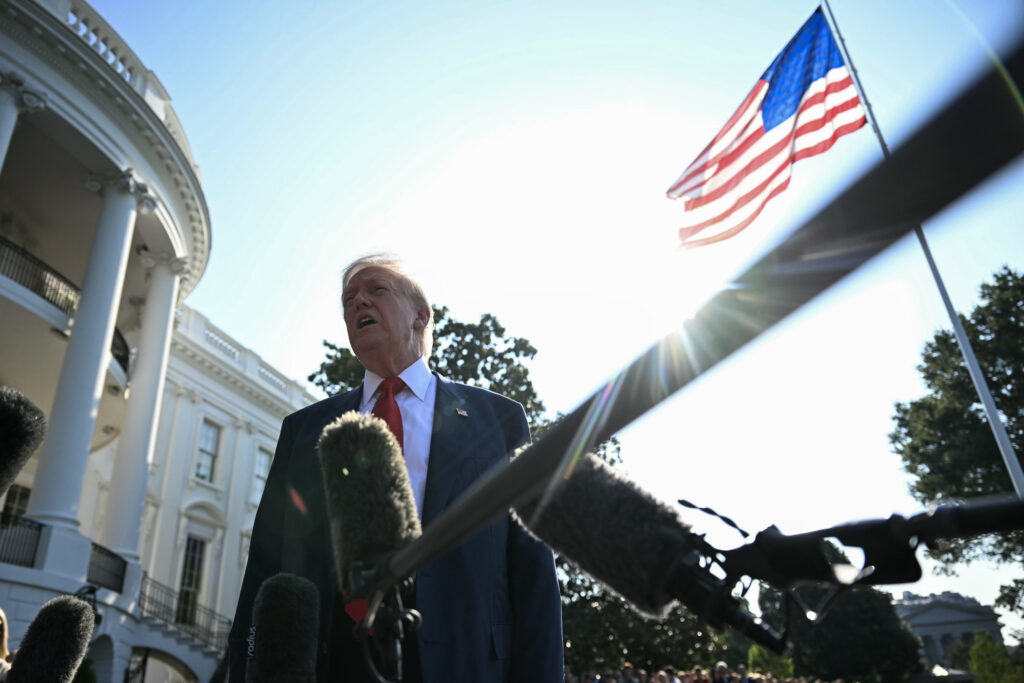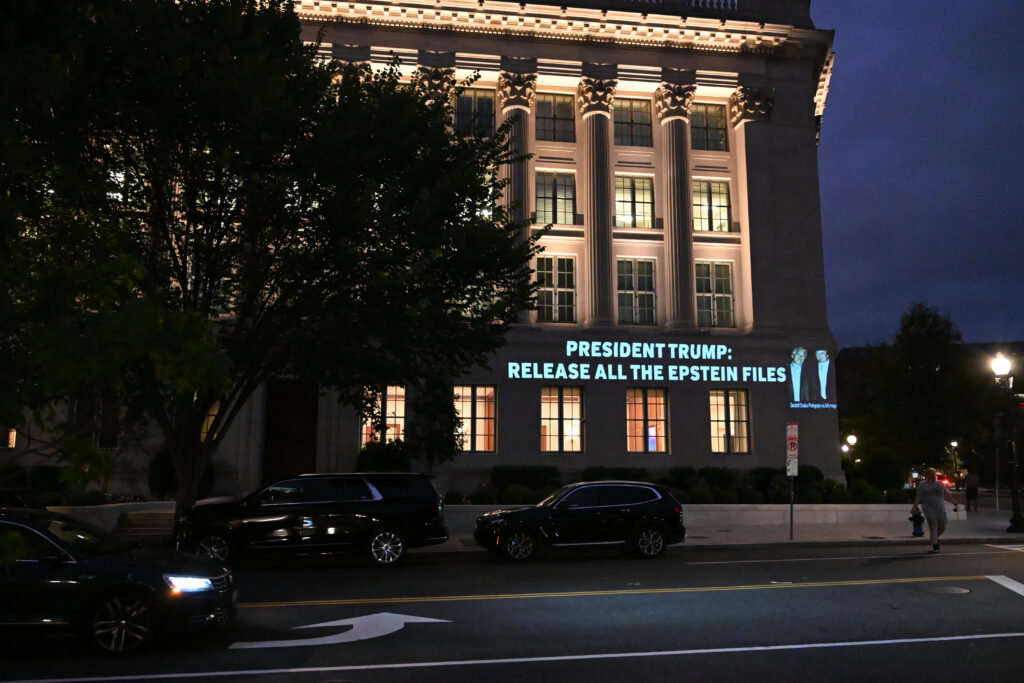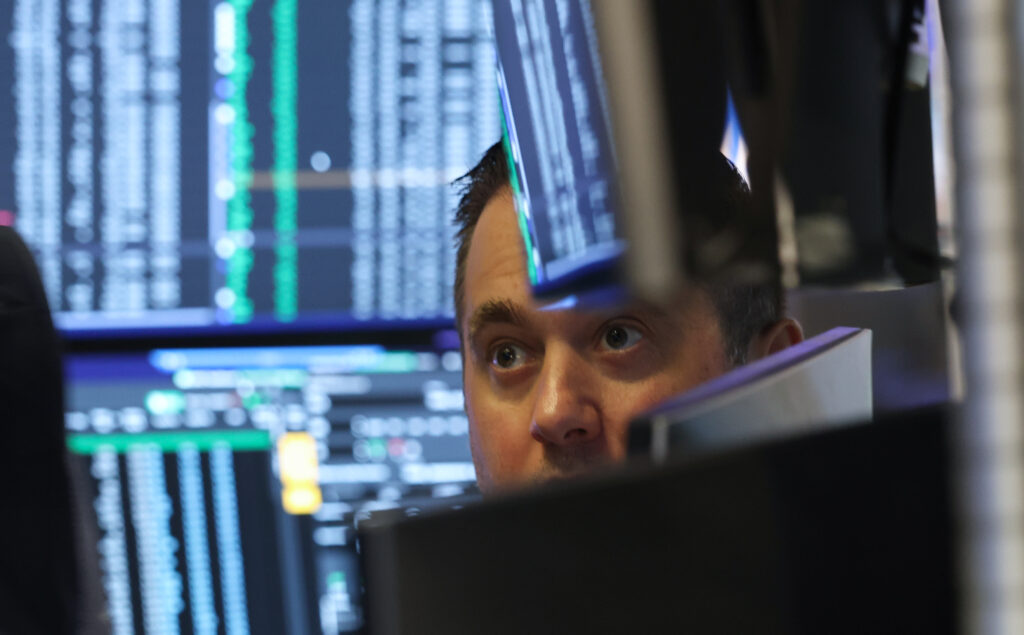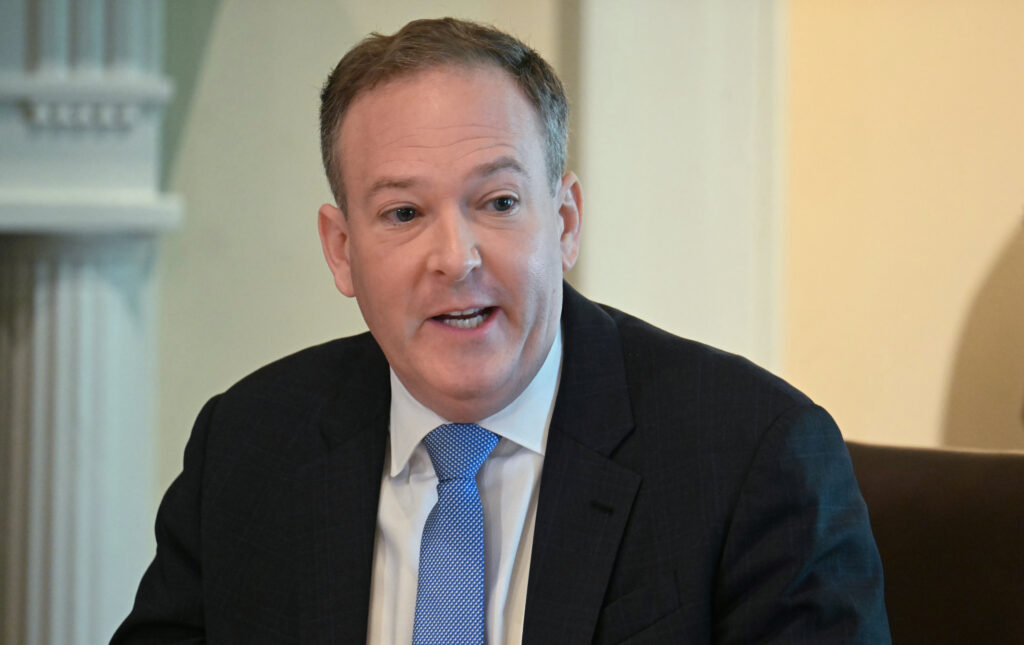Trade on agenda as Trump lands in Scotland for diplomacy and golf
US President Donald Trump landed in Scotland on Friday for a five-day visit set to mix diplomacy, business and leisure, as a huge UK security operation swung into place amid planned protests near his family-owned golf resorts. The president, whose mother was born in Scotland, will split his time between two seaside golf courses bearing his name, in Turnberry on the southwestern coast and Aberdeen in the northeast.Air Force One, carrying the president and White House staff, touched down at Prestwick Airport near Glasgow shortly before 8:30 pm (1930 GMT). Police officers lined surrounding streets and several hundred curious Scots came out hoping for a glimpse of the US leader as he then made his way to Turnberry by motorcade.Trump has no public events scheduled for Saturday and is expected to play golf at his picturesque resort, before meeting EU chief Ursula von der Leyen on Sunday for trade talks.Trump is also due to meet UK Prime Minister Keir Starmer during the trip.He said the meeting would be “more of a celebration than a workout,” appearing to row back on previous comments that a bilateral trade deal struck in May needed “fine tuning”.”The deal is concluded,” he told reporters on the tarmac at Prestwick.But the unpredictable American leader appeared unwilling to cede to a UK request for reduced steel and aluminium tariffs.Trump has exempted British exports from blanket 50 percent tariffs on both metals, but the fate of that carve-out remains unclear.”If I do it for one, I have to do it for all,” Trump said in Washington before embarking on his flight, when asked if he had any “wiggle room” for the UK on the issue. The international outcry over the conflict in Gaza may also be on the agenda, as Starmer faces growing pressure to follow French President Emmanuel Macron and announce that Britain will also recognise a Palestinian state.- Protests -Trump is due to return to the UK in September for a state visit — his second — at the invitation of King Charles III, which promises to be lavish.During a 2023 visit, Trump said he felt at home in Scotland, where his mother Mary Anne MacLeod grew up on the remote Isle of Lewis before emigrating to the United States at age 18.”He’s original, he does things the way he wants to. I think a lot of our politicians could take a good leaf out of his book,” 45-year-old Trump fan Lisa Hart told AFP as she waited to see his plane touch down.But the affection between Trump and Scotland is not always mutual.Residents, environmentalists and elected officials have voiced discontent over the Trump family’s construction of a new golf course, which he is expected to open before he departs the UK on Tuesday.Police Scotland, which is bracing for mass protests in Edinburgh and Aberdeen as well as close to Trump’s golf courses, have said there will be a “significant operation across the country over many days”.Scottish First Minister John Swinney, who will also meet Trump during the visit, said the nation “shares a strong friendship with the United States that goes back centuries”.Trump has also stepped into the sensitive debate in the UK about green energy and reaching net zero, with Aberdeen being the heart of Scotland’s oil industry.In May, he wrote on his Truth Social platform that the UK should “stop with the costly and unsightly windmills” as he urged incentivising drilling for oil in the North Sea.- US discontent -The trip to Scotland puts physical distance between Trump and the latest twists in the case of convicted sex offender Jeffrey Epstein, the wealthy financier accused of sex trafficking who died in prison in 2019 before facing trial.In his heyday, Epstein was friends with Trump and others in the New York jet-set, but the president is now facing backlash from his own MAGA supporters who demand access to the Epstein case files.Many support a conspiracy theory under which “deep state” elites protected rich and famous people who took part in an Epstein sex ring. But Trump is urging his supporters to move on from the case.The Wall Street Journal, which published an article detailing longstanding links between Trump and the sex offender, is being punished by the White House.Its reporting team plans to travel to Scotland on their own and join the White House press pool. But it has now been denied a seat on Air Force One for the flight back home.While Trump’s family has undertaken many development projects worldwide, the president no longer legally controls the family holdings.But opponents and watchdog groups have accused him of having many conflicts of interest and using his position as US president to promote private family investments, especially abroad.aue-jkb-jj-pdh/dc








